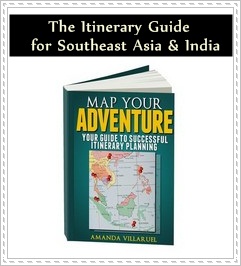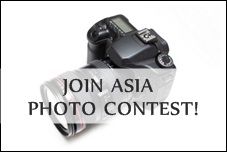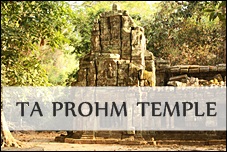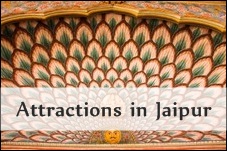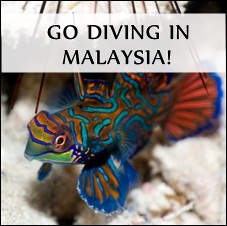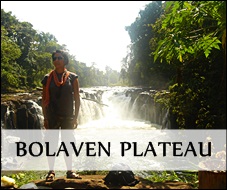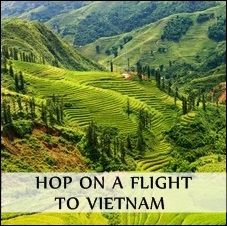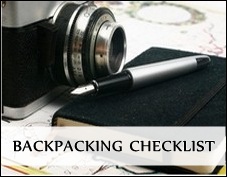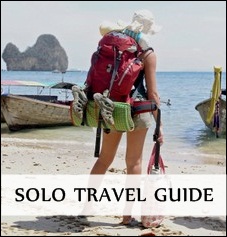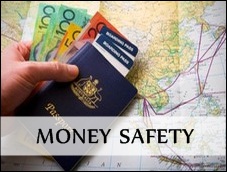
| |||||||||
|
The Hmong People --
|
|||||||||
"The Fighting Spirit of the Hmong people"
Well, to do it the simple way: The Hmong people are an ethnic group...
... A VERY special ethnic group with a unique Hmong culture, religion and language.
Where did the Hmongs originally come from?
Laos? - Nope. It's not that easy.
According to historians, there are still loose ends in the history of the Hmong people. That's because the traces of their history are based on oral stories, which is prone to inaccuracy and exaggeration.
Some reports state that they originated and lived in the mountainous areas of Southern China, where they lived for at least 2000 years. And some Hmongs believe that their ancestors came from China, but that's about it...
It's hard to know when there's little written documentation!
The Chinese population was expanding more and more, and many wars were fought. Some even say that the Hmongs lived in China before the Han-Chinese came. After 2000 years they were forced to emigrate from China to Laos, Thailand, Burma and Vietnam.
Today, the Hmongs are scattered around the world, mostly in Southeast Asia and the US.
The War Continues
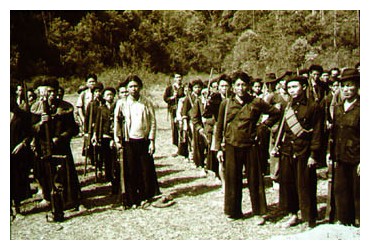
|
During the Vietnam War, they were recruited by the Americans (CIA) to fight the communists. They were a secret Hmong army, used to destabilize the North Vietnamese army and to cut off the Ho Chi Minh Trail.
In 1969, approximately 18.000 Hmong soldiers got killed in the spirit of fighting for their freedom. Free of communism.
After the communist movement, Pathet Lao, took control over the country in 1975 -- the persecution and genocide of Hmongs started and has continued up to this day.
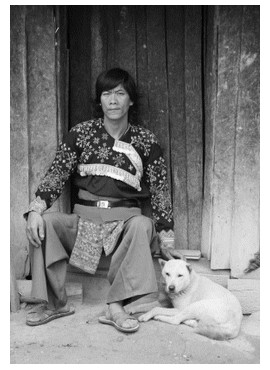
|
And that's why there is regular news about Hmong getting killed, overcrowded refuge camps and so on.
Why would the Hmongs help the Americans during the war, knowing that they would endanger their lives by allying with the US?
They were promised freedom. Hmongs knew that they couldn't have their freedom under communist control. And the Hmongs were told that the US soldiers would protect them if the country came under communist control.
After reading up on their history, my impression (along with other people's opinions) is that the Hmong people were promised to be brought to the United States.

Instead, they were just abandoned when the US forces pulled out of Laos in 1973. They were killed because they allied with the US.
You think: "Why didn't the US government fulfil their damn promises? The Hmong soldiers actually bled and died for the US nation."
- Good question. But it can't be answered easily.
The good news (even if it's hard to see it) is that the US started to acknowledge the fact that the Hmongs helped them during the war. So they opened the borders for Hmong refugees in December 1975.
By the time it was 1990, 100.000 Hmongs had fled to the United States.
The sad part is that there are still 250.000 Hmongs left in the Lao jungle, included 12.000 former soldiers, fighting for their lives.
Hmong Culture & Hmong Religion
- The Hmong population consist of more than 18 powerful clans!
Each clan member considers themselves to be related, by believing in the same spirits and maintaining the same traditions.
- The Hmongs are animists which means that they believe in souls and spirits, in the practice of their religion
I think the most remarkable, and distinctive trait about the Hmongs is their religious beliefs.
They believe that the spiritual world coexists with the material world, and there are many types of spirits, like household spirits, ancestral spirits, teacher spirits, nature spirits, evil spirits and so on.
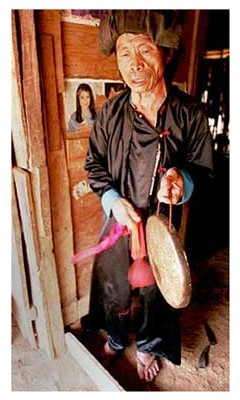
Shaman -
Photo Courtesy of wiipps.orgAccording to their beliefs, each person has 3 souls, while other Hmongs believe that they have 4, or even 5 souls.
The Shaman is a healing practitioner and acts like a link between the spirits and the material world. There's at least one Shaman in each village, male or female. A Hmong can't learn to be a Shaman - that special one must be chosen by the spirits.
- The Hmongs believe in the afterlife
- Storytelling
Storytelling is part of the Hmong culture. The Hmongs spend their evenings telling stories, riddles and jokes.
- Language
Father F.M. Savina, a Catholic priest was the first person from France to study the Hmong language
He believed that the Hmong language was related to Mongolia, Turkey and South-eastern part of Europe, but he also believed that the language might originate from Laos and China.
Sounds confusing? - Yep, I'm with you!
Basic Hmong phrases:Hello = Nyob zoo
How are you? = Koj nyob li cas
"Good Bye" = Sib ntsib dua (= means see you next time) - Music for your ears
Songs is an important and large part of the Hmong culture, because it's a sign of happiness. The Hmong people enjoy singing a song when they're hunting, when they're doing their chores - songs are not limited to special occasions.
Hmong New Year
What's the Hmong New Year?
Probably the most important story among the Hmong people must be the story of the origins of New Year.
A shaman named Txoov Siv Yis defeated the evil spirit Liv Nyoog, a spirit that ate Hmong people. When he defeated this evil spirit, he called out to all the Hmongs who were hiding, and they celebrated their freedom.
When is the Hmong New Year?
The New Year is celebrated right after the end of harvest when the Hmong people are free of work (November and December). The purpose of New Year reminds of our own New Year: start fresh for the next year.
Preparations for New Year
The night before the New Year, they perform a ritual called the soul calling. And then the father of each family will invite the ancestor spirits to join them for dinner.
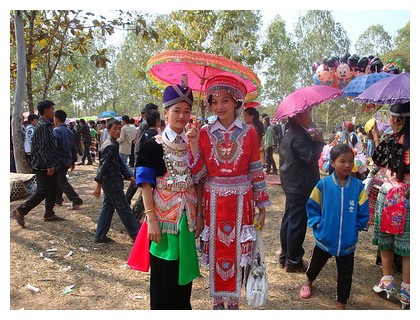
What kind of activities do they have?
They have all types of entertainment, dancing, singing, playing music with their traditional reed pipe (called Raj Npliam), bull fights, ball tossing game called pov pob and much more. Sounds like fun! ;-)
Since the Hmong people are working so hard, the New Year is probably the only time in the year they have time to find a potential spouse.
Delicious food is served and family and friends are invited.
What kind of New Year Resolutions do they have?
The Hmongs believe that they should only eat rice and meat the first three days -- this will apparently bring good luck for the upcoming year! :-)
Interested to know more about the Hmongs? Check out these best-rated books from Amazon :-)
Search this site
Books on
Hmong People
Connect with
Backpacking Tips Asia
